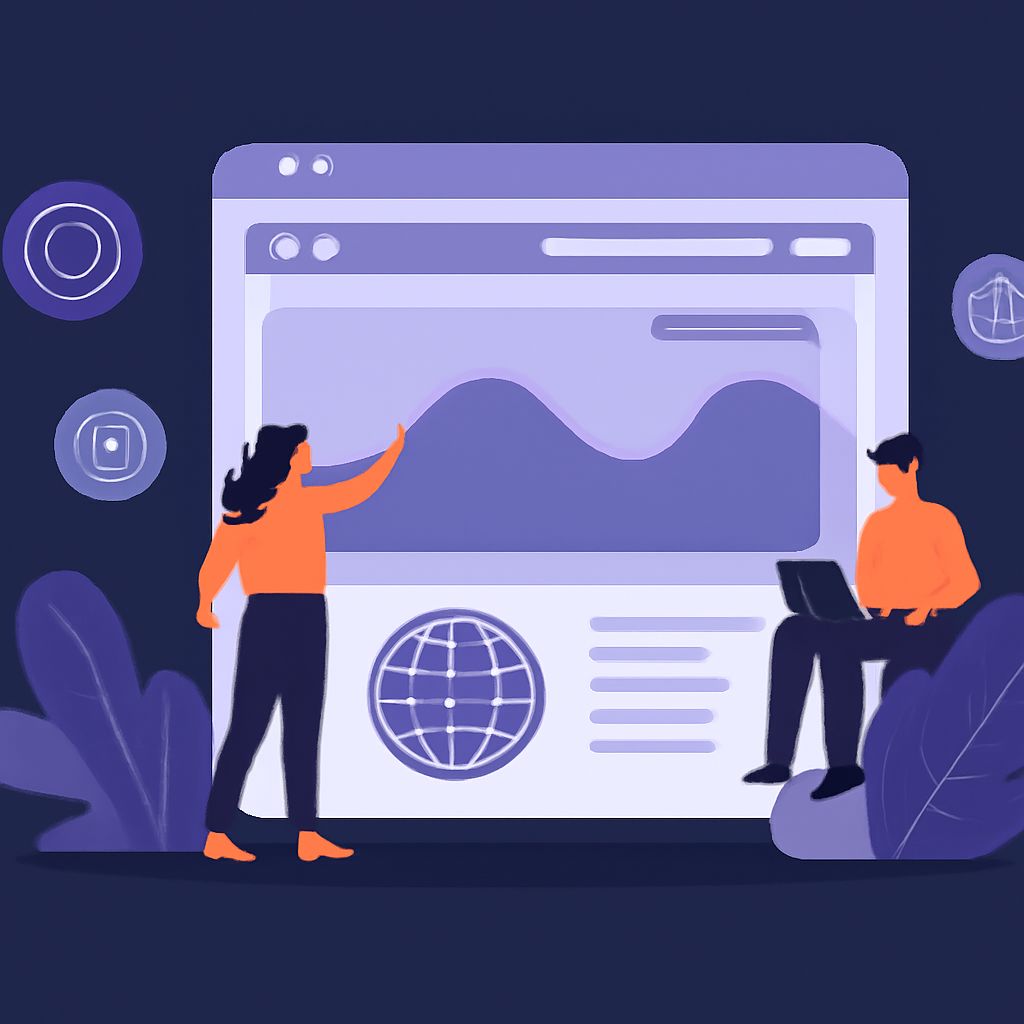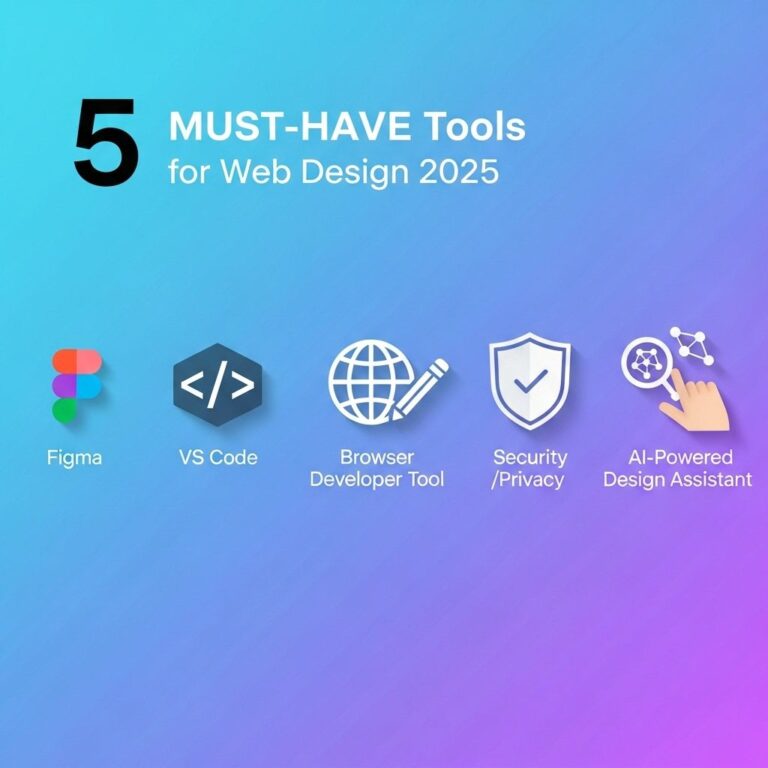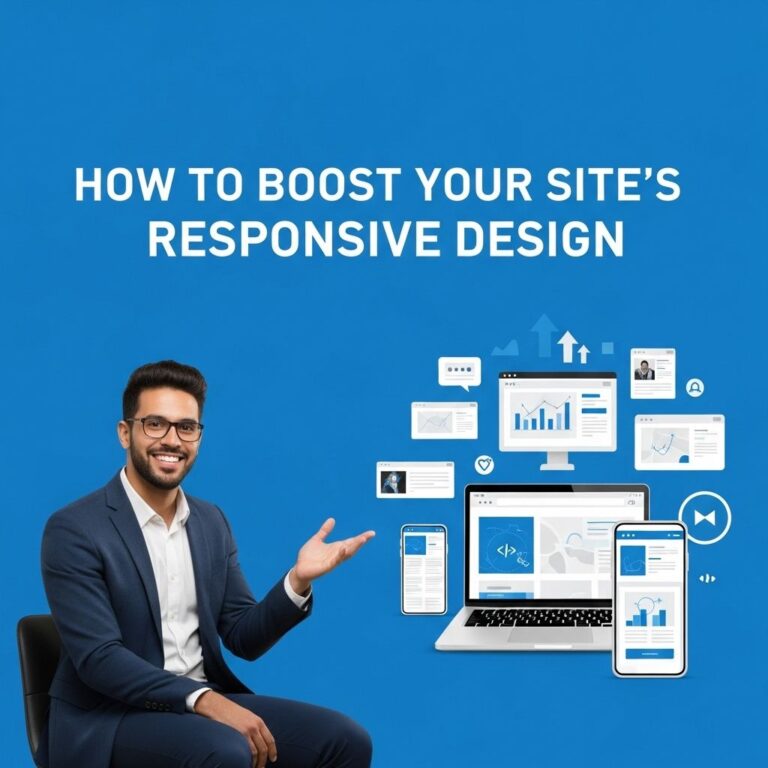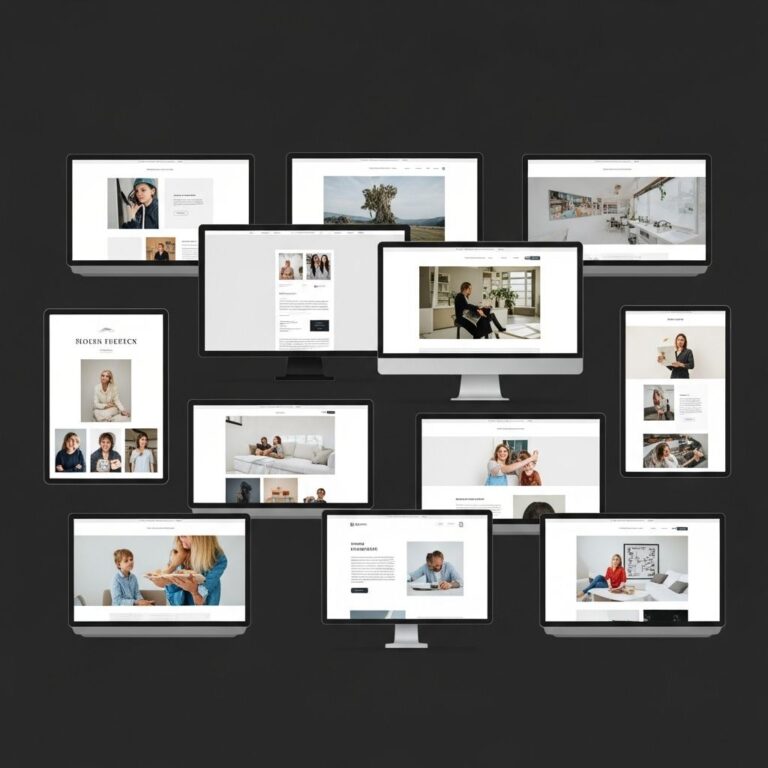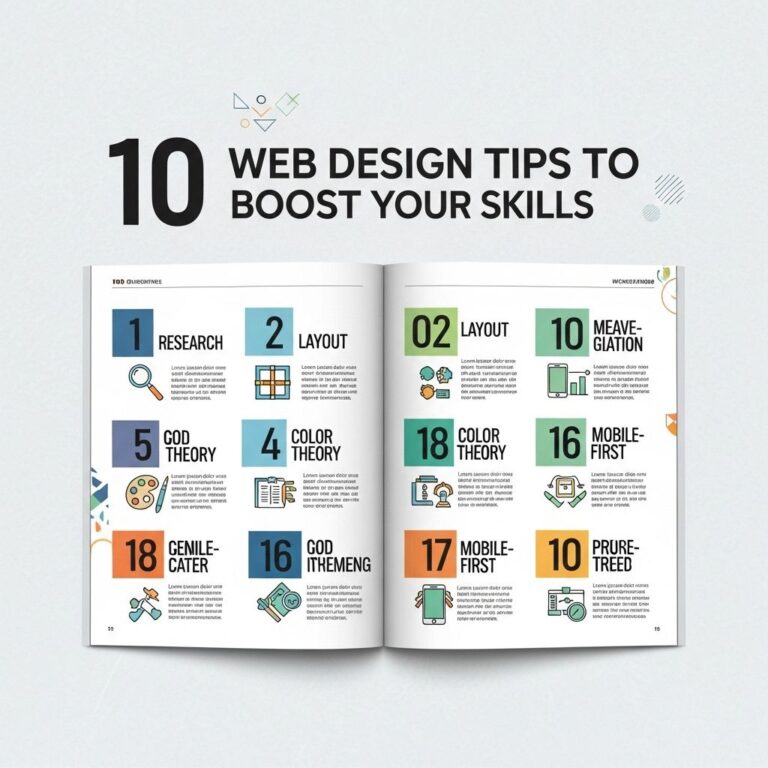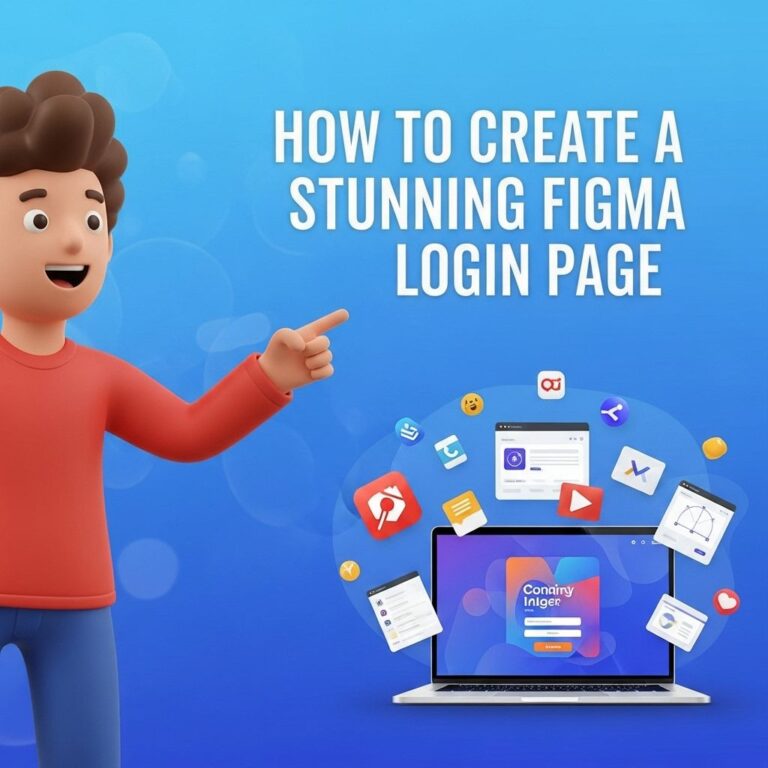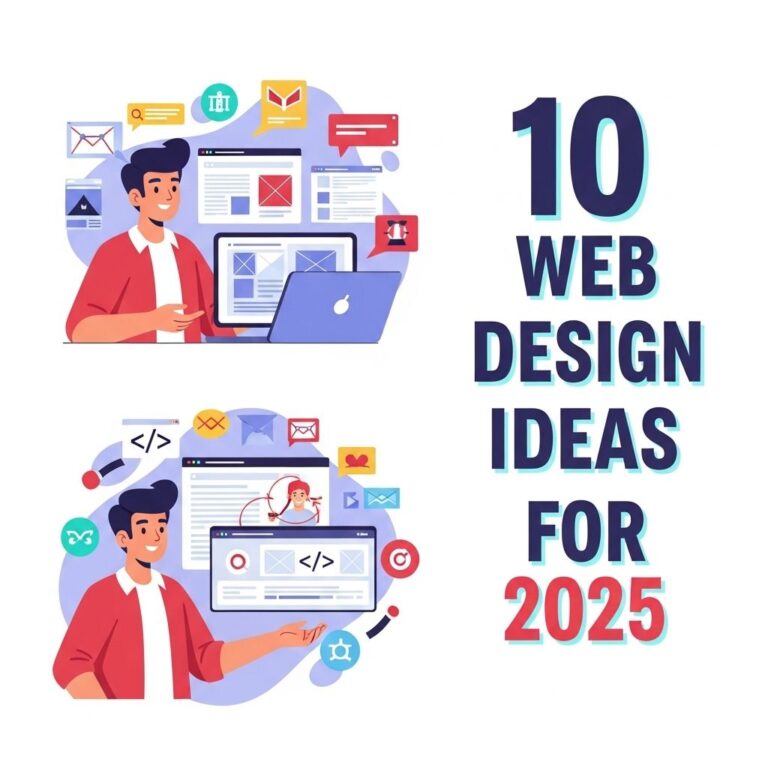Table of Contents
Introduction
As we move toward 2025, the world of website design is evolving at a rapid pace. With changing technologies, user preferences, and the demands of digital marketing, it’s crucial for designers, businesses, and marketers to stay ahead of the curve. This article explores the top trends that are expected to dominate the website design landscape in the coming years, ensuring that your online presence remains both relevant and engaging.
Minimalist Design with a Twist
Minimalism has been a popular design approach for several years, but in 2025, we expect to see it evolve. The core principles of minimalist design—simplicity, functionality, and clarity—will still hold true, but designers will begin to incorporate unique twists that add character without clutter.
- Bold Typography: Large, expressive fonts will be used to create visual hierarchy and draw attention to key messages.
- Asymmetrical Layouts: Breaking away from traditional grid layouts will give websites a more dynamic feel.
- Colorful Accents: While keeping a clean base, designers will incorporate vibrant colors to highlight essential elements.
Benefits of Minimalist Design
The benefits of adopting a minimalist design approach include:
- Improved user experience due to reduced clutter.
- Faster loading times, which can enhance SEO.
- Increased focus on content, thereby improving engagement.
Dark Mode as a Standard
Dark mode has gained popularity in recent years, and by 2025, it will likely become a standard option for most websites. Users appreciate the reduced eye strain and the modern aesthetic that dark themes provide. Furthermore, adopting dark mode can enhance the visual impact of bright colors and imagery.
Implementation Strategies
To effectively incorporate dark mode, designers can:
- Offer a toggle option for users to switch between light and dark modes.
- Ensure that all elements, including text and icons, have sufficient contrast for readability.
- Test designs on various devices to ensure uniformity in appearance.
Interactive and Immersive Experiences
As technology continues to advance, users are increasingly seeking interactive and immersive online experiences. Websites that leverage technologies such as AR, VR, and 3D graphics will stand out.
Examples of Interactive Features
Designers can explore various interactive elements, including:
- Augmented Reality: Allowing users to visualize products in their environment before making a purchase.
- Gamification: Incorporating game-like elements to engage users, such as quizzes, achievements, and rewards.
- Dynamic Content: Using animations and transitions to create a more engaging browsing experience.
Sustainable and Eco-Friendly Design
With growing awareness of environmental issues, sustainable web design will become a crucial trend by 2025. This approach not only contributes to ecological preservation but also enhances brand reputation among eco-conscious consumers.
Key Practices for Sustainable Design
Web designers can adopt several practices to promote sustainability:
- Optimizing Performance: Reducing image sizes and minimizing code to lower energy consumption during loading.
- Green Hosting: Choosing web hosts that utilize renewable energy sources.
- Accessible Design: Ensuring websites are usable for everyone, reducing the need for additional resources for accessibility.
Personalized User Experiences
As data analytics becomes more sophisticated, personalized user experiences are set to be a dominant trend. Websites will leverage user data to tailor content, recommendations, and designs to individual preferences and behaviors.
Techniques for Personalization
Some effective techniques for creating personalized experiences include:
- User Behavior Tracking: Analyzing how users interact with your website to determine what content resonates most.
- Targeted Recommendations: Suggesting products or content based on previous interactions.
- Dynamic Content Adjustments: Changing website elements in real-time based on user input or preferences.
Enhanced Mobile Responsiveness
As mobile device usage continues to surpass desktop, enhancing mobile responsiveness is paramount. By 2025, websites must not only be responsive but also provide an app-like experience on mobile devices.
Key Features for Mobile Experience
Successful mobile websites will incorporate:
- Fast Loading Times: Ensuring that pages load quickly to reduce bounce rates.
- Intuitive Navigation: Designing simple menus and easy-to-follow layouts for a seamless experience.
- Touch-Friendly Interfaces: Ensuring that buttons and links are easily clickable on smaller screens.
Conclusion
As we look ahead to 2025, staying abreast of the latest design trends is essential for anyone involved in website creation. By embracing minimalist designs with character, offering dark mode options, providing interactive experiences, prioritizing sustainability, delivering personalized content, and optimizing for mobile, designers can ensure that their websites are not just functional, but also visually stunning and user-friendly. As technology evolves, so too must our approach to design, making it an exciting time to be part of the digital landscape.
FAQ
What are the top website design trends to expect in 2025?
In 2025, expect to see trends like minimalistic design, immersive 3D elements, dark mode, and AI-driven personalization becoming more prevalent in website design.
How will AI influence website design in 2025?
AI will play a significant role in 2025 by enabling personalized user experiences, automating design processes, and providing data-driven insights for optimizing website performance.
Will mobile-first design remain important in 2025?
Yes, mobile-first design will continue to be crucial in 2025 as more users access websites via mobile devices, necessitating responsive and adaptable design approaches.
What is the significance of dark mode in website design for 2025?
Dark mode enhances user experience by reducing eye strain and improving battery life on devices, making it an essential feature for modern website design in 2025.
How can businesses stay ahead of website design trends in 2025?
Businesses can stay ahead by continually researching market trends, investing in user experience testing, and adopting emerging technologies to enhance their website design.
What role does accessibility play in website design trends for 2025?
Accessibility will be a key focus in 2025, as website designs will prioritize inclusivity to ensure all users, regardless of disabilities, can navigate and interact with websites effectively.

